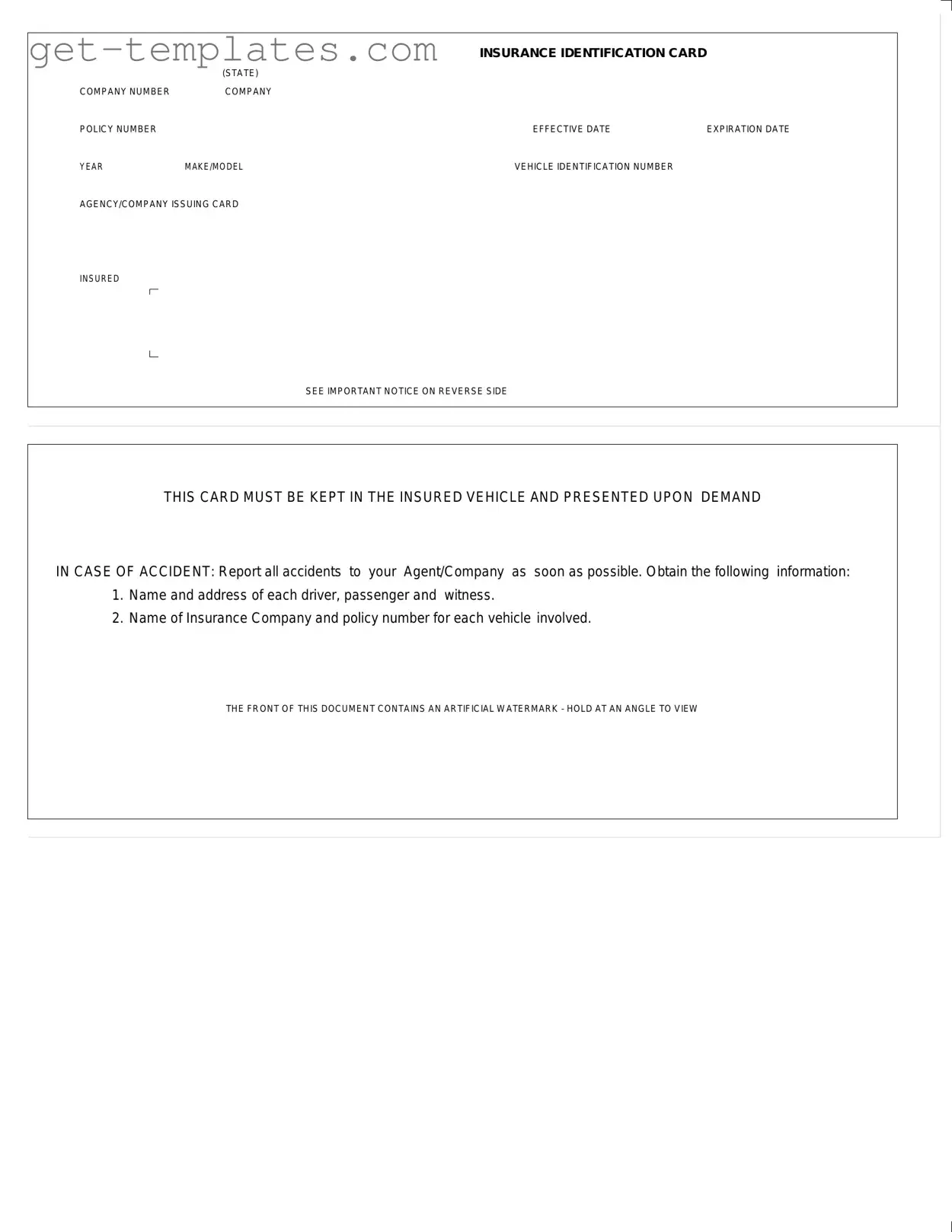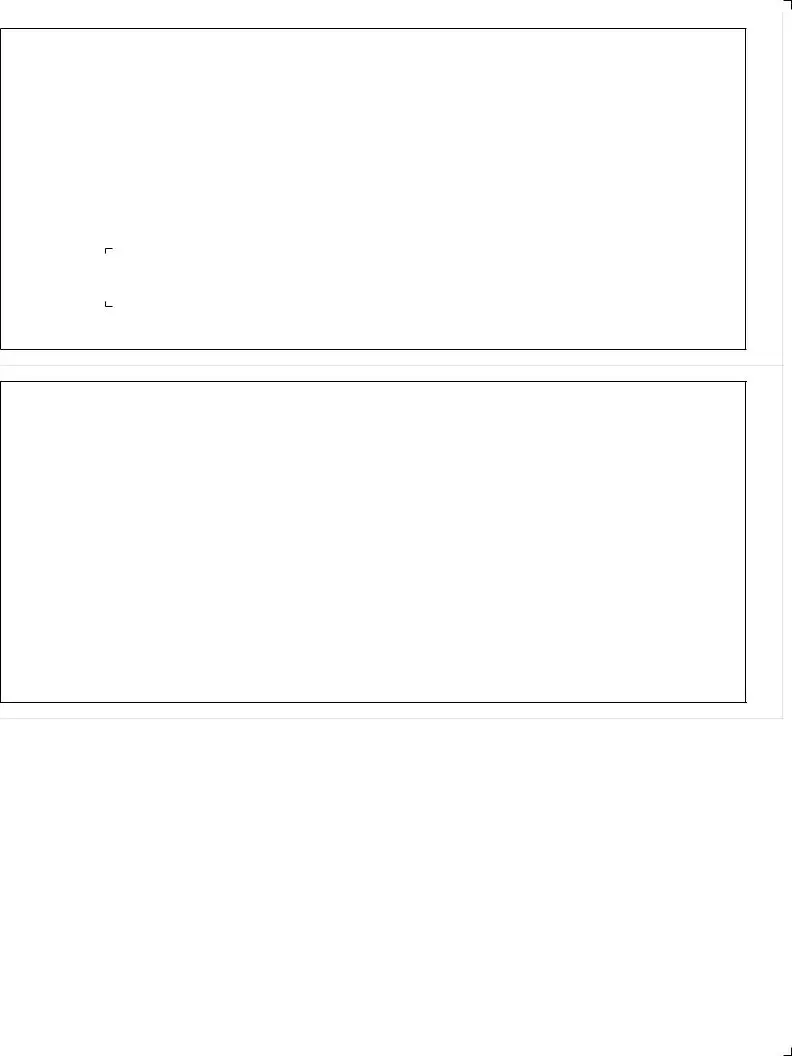Fill in a Valid Auto Insurance Card Template
The Auto Insurance Card is a vital document that provides proof of insurance coverage for a vehicle. This card includes essential details such as the insurance company name, policy number, and vehicle identification information. It must be kept in the insured vehicle and presented upon request in the event of an accident.
Get Document Online

